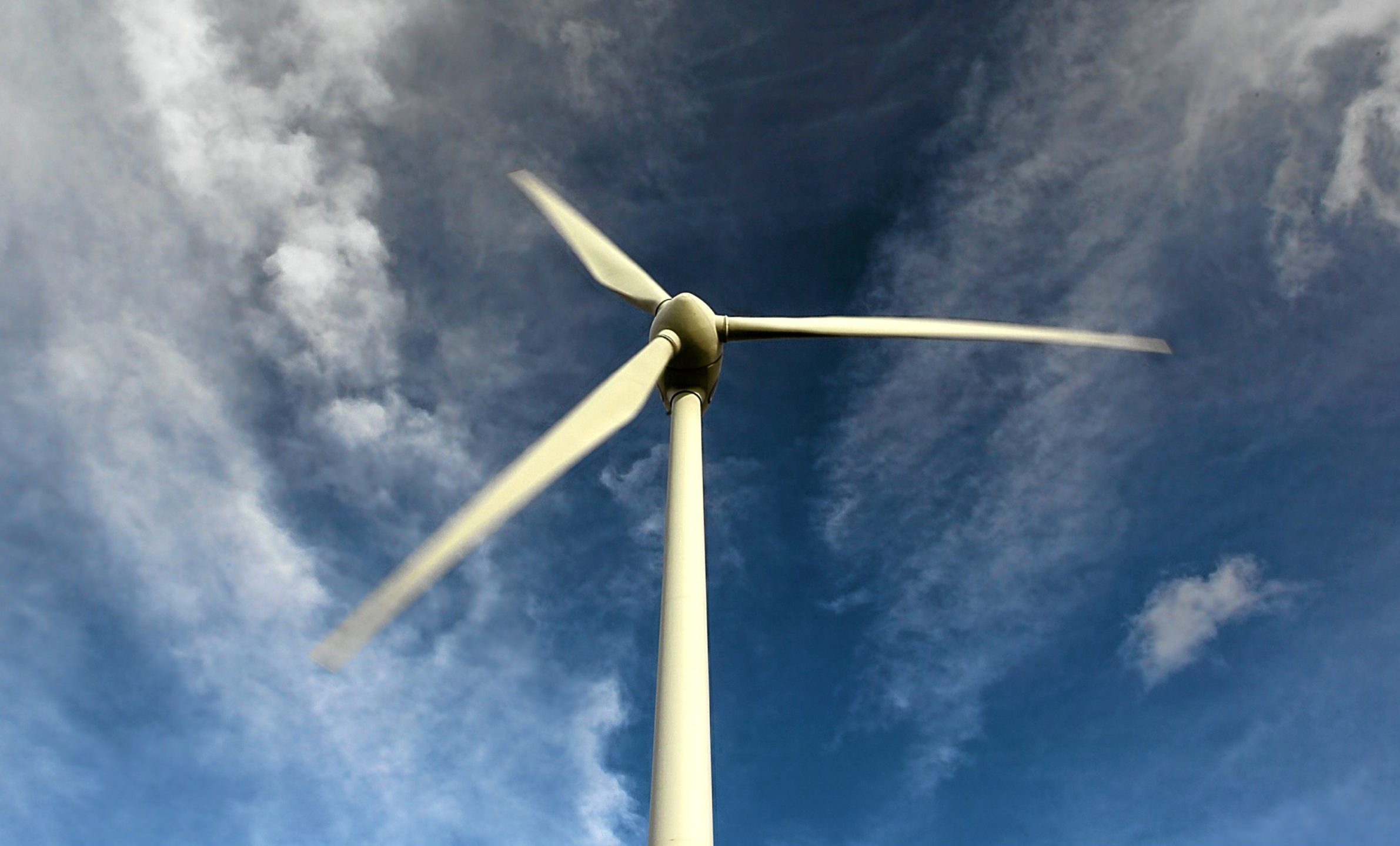Scotland can switch to low carbon energy and meet tough climate targets without harming wildlife, a new report has concluded.
The country, in line with the rest of the UK, has a target to reduce its greenhouse gas emissions by 80% – compared to 1990 levels – by 2050.
Nature conservation charity RSPB Scotland said it strongly supports well-sited renewable energy but poorly-located developments can harm wildlife and damage their habitats, for example through bird collisions with wind turbines.
It said its report, entitled the RSPB’s 2050 Energy Vision, shows for the first time how renewable technologies could meet the majority of the UK’s energy needs while avoiding harm to important species and habitats.
RSPB scientists compiling the report assessed where renewable energy technologies – including onshore wind, solar, bioenergy, offshore wind, wave and tidal energy – could be located to avoid sensitive wildlife areas.
The results showed the UK could generate up to four times its current total energy demand from renewable sources – but this is dependent on a strategic approach to energy planning, where projects are located to maximise generation at the lowest cost to nature.
While a large proportion of this potential is for offshore renewables in deeper waters, the research also identified considerable areas available for established onshore renewables.
Results found Scotland could increase its onshore wind capacity by three times, and its solar capacity by 30 times.
RSPB Scotland has now set out in its report 10 recommendations for the Scottish Government to decarbonise energy in harmony with nature.
Stuart Housden, director of RSPB Scotland, said: “Our research shows that a low carbon energy future in harmony with nature is possible and we have set out a positive vision for how this can be done without harming Scotland’s special places for wildlife.
“It’s critical that we work together now to make this happen. Climate change is one of the single biggest threats to people and nature alike, but with Scotland’s nature in decline, we have a responsibility to invest in an energy system that works for both people and our natural heritage.
“The Government has a key role in developing a strategic approach to spatial planning to guide the right developments to the right places.
“We have shown that this can be achieved affordably and securely, and are committed to continuing to work with responsible developers and decision-makers to help achieve our vision.”
Reacting to the report, Lindsay Roberts, senior policy manager at Scottish Renewables, said: “Climate change is one of the biggest threats to nature, and renewable energy is absolutely key to tackling it.
“This study shows clearly that meeting our renewable energy targets and protecting our natural environment can go hand in hand.”
ends










